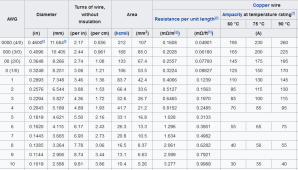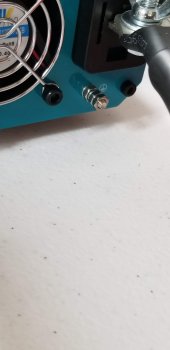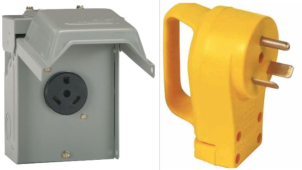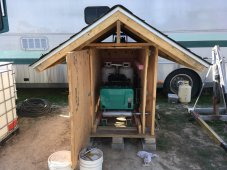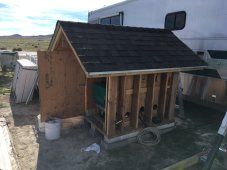As I am building and learning and testing, I have a few questions about using the Renogy 3000-Watt Inverter. So far, things are running well overall, and I am pleased with the output and capacity that my LiFePO4 batteries are providing.
- What is the best connector to use to connect the 10 AWG stranded copper wire to the ground post on the back of the inverter?
- Is there any reason why it would not be good for me to connect the 10 AWG grounding wire from the inverter to its own grounding connector on the copper water line coming into my home?
- Is it okay to wire the high output terminals to a simple 30-amp receptacle for connecting higher-powered devices, such as refrigerators, freezers, microwaves, etc.? If some kind of breaker is recommended, are there some simple, low-cost breakers that could be used for this purpose. I will be sure to keep the total current draw within the specs of the inverter.



